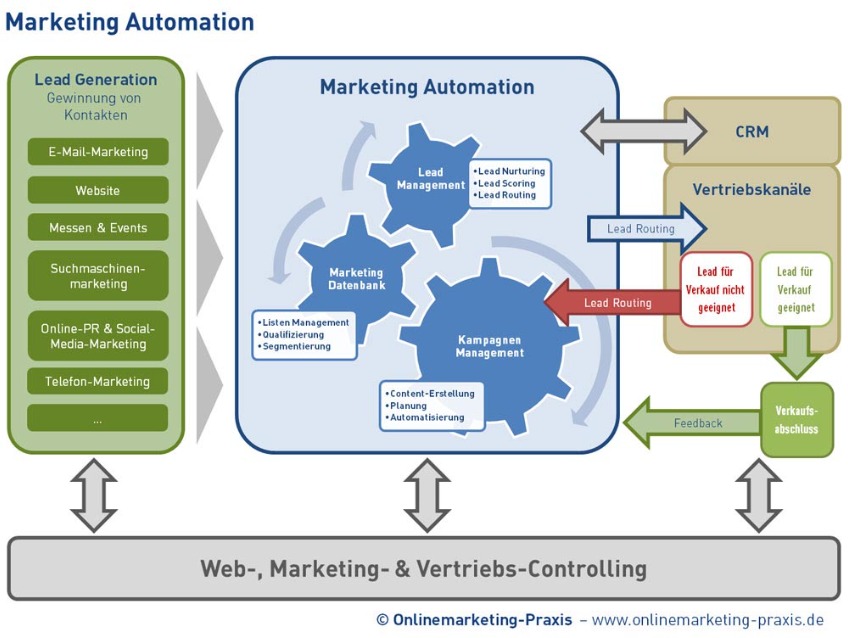Unlocking Success: Marketing Strategies to Attract Full-Pay Families
When embarking on my first role as director of admission, I quickly realized the paramount importance of generating sufficient revenue to sustain the institution. The key to financial stability was clear: attracting and enrolling families who could pay the full tuition. This realization set me on a path to mastering the art and science of marketing to full-pay families. The Journey Begins Initially, I believed that simply showcasing our school would naturally draw full-pay families. A good product, I assumed, would sell itself. However, the complexities of the market soon became apparent. To truly understand why families choose to invest in our institution, I needed a strategic approach, not just tactics. Seeking Knowledge and Building a Foundation My quest for knowledge led me to the professional development resources offered by EMA, NAIS, and ISM. Despite the valuable insights, I found that many practitioners lacked a comprehensive marketing plan strategy. Determined to find a solution, I sought guidance from marketing workshops and industry leaders like Jeff Wack, Kathy Hansen, and Robert Sevier. These experiences helped me develop the “Marketing Volcano,” a contemporary approach to the admission funnel, but I needed more. Learning from the Corporate World Realizing the limitations of educational marketing resources, I ventured into the corporate world. With the support of a visionary head of school, I attended courses alongside professionals from major corporations like Charles Schwab, IBM, and Ford. These interactions reshaped my understanding of marketing as an exchange of value, emphasizing customer-centricity and relationship building. Phases of Marketing Mastery My marketing journey can be divided into several phases: Phase I: Changing Perspectives In the first phase, I learned to view marketing as an exchange of value, focusing on understanding and meeting customer needs. This customer-centric approach was a significant shift from the traditional school-centric mindset. Phase II: Exploring Diverse Marketing Approaches Next, I delved into various marketing strategies, from Database Marketing to Content Marketing. Each approach offered unique strengths, which I integrated to form a comprehensive strategy. This phase also marked my extensive use of census data to identify potential full-pay families. Phase III: Embracing Customer-Centric Thinking The discovery of Psychotactics.com and the work of Sean D’Souza profoundly influenced my approach. D’Souza’s teachings on being customer-centric transformed my thinking and highlighted the gap between our perception and reality in serving students and families. Phase IV: Blue Ocean Strategy Inspired by the “Blue Ocean Strategy” by Mauborgne and Kim, I learned to differentiate our school by offering unique value rather than competing in the overcrowded “red ocean” of traditional marketing. This approach emphasized creating a niche where our offerings stood out. Phase V: The Five Pillars Strategy Combining these insights, I developed the Five Pillars strategy—a customizable framework for enrolling full-pay families: Identify the Problem to be Solved for the Customer Demonstrate Your School’s Expertise Showcase Your Solution to the Customer’s Problem Prove the Value of the Solution Develop Allies and Disciples Among Your Customers This strategy provides a clear and effective way to engage full-pay families, ensuring that our marketing, communication, and sales efforts are aligned with their needs and expectations. Looking Ahead Attracting full-pay families requires a strategic, customer-centric approach. By continuously learning, adapting, and innovating, one can ensure the financial sustainability and success of almost any school.
Unlocking Success: Marketing Strategies to Attract Full-Pay Families Read More »








